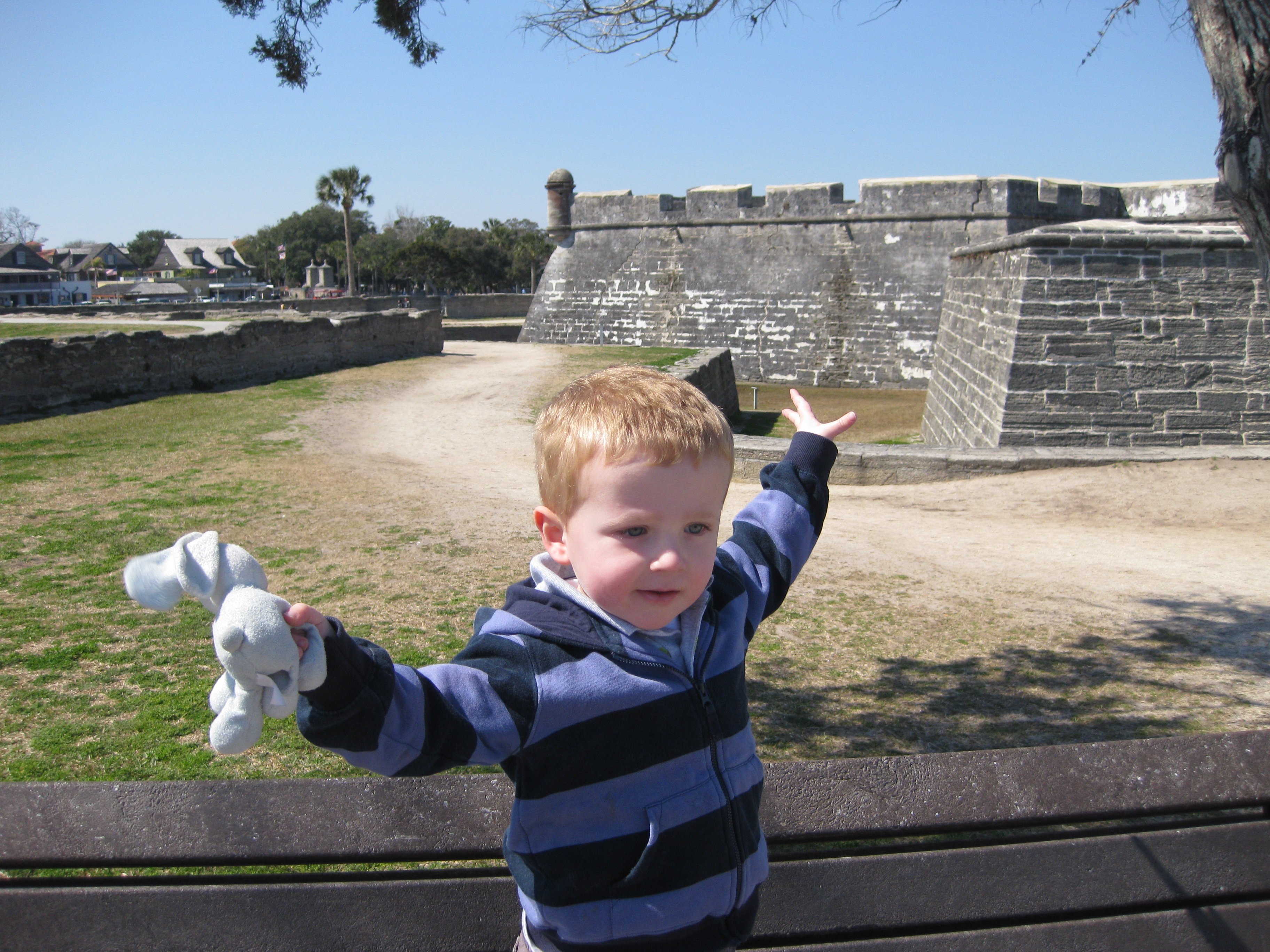Teaching Young Children About History Through Travel
May 18, 2015
Over spring break, my husband and I took our two children, ages four and seven, to visit Washington, D.C. While there, we saw many school groups also visiting the historical sites and museums. For the most part, the groups consisted of teenagers, teachers, and parents. Some of the kids were genuinely interested in the monuments and museums, but many others were obviously bored, constantly looking at their phones, and wondering when they’d be done. For a lot of these kids, this trip came too late in their educations. Kids need to experience historical places at early ages.
Why travel to historical places with young children? Young children are naturally curious and they ask questions without hesitation. Because young children learn best through utilizing all of their senses, experiencing historical places first hand is an important way to develop their basic cognitive understandings of history. Children will come to enjoy learning about history if it is taught by combining interesting stories with real places.

Kids need to experience historical places at early ages to gain a full appreciation of their significance.
How young should you start taking your child to historical places? Believe it or not, the toddler years are a great time to begin. Vocabulary development during this period is explosive, and it is a time when children are learning about the world around them by associating spoken words with tangible objects. When my son was two years old, we visited the Castillo de San Marcos in St. Augustine, Florida and Ft. Pulaski National Monument in Georgia. During both visits, we told our son we were in a fort, which was a new word for him. Better still, he was able to associate that word with a real place in real-life dimensions. A fort was not just a blanket-covered table to play under or some toy; a fort is huge, and made of stone or brick, which he was able to physically touch. A fort has room for lots of people and supplies inside and special spaces and windows made just for large cannons – another new word he was able to associate with real-life objects.
As children grow into preschool and elementary ages, the vocabulary associated with historical places can be built upon with stories. Visiting historical places makes the stories of history come alive for kids. For example, we visited Ford’s Theater while in Washington, D.C. While in the theater, we told our kids the story of President Lincoln’s assassination (another new word for them). We could literally show them where the “bad guy” came into the Presidential Box, shot Abraham Lincoln, and jumped from the balcony onto the stage. We told the kids he broke his leg when he fell, but still got away. Our daughter remarked, “He must have hopped,” which showed me that she was actually picturing it happening! These days, so many historical sites have character actors who young children just love to interact with, and who are able to make learning about the history of a place enjoyable and engaging for all ages. So, don’t hesitate to travel to historical places with young children – they will enjoy it more than you think!
 Emily Kowalski Schroeder is the author of the blog Growing Little Leaves, which is dedicated to sharing ways to educate young children about family history. Learn more at GrowingLittleLeaves.com.
Emily Kowalski Schroeder is the author of the blog Growing Little Leaves, which is dedicated to sharing ways to educate young children about family history. Learn more at GrowingLittleLeaves.com.
